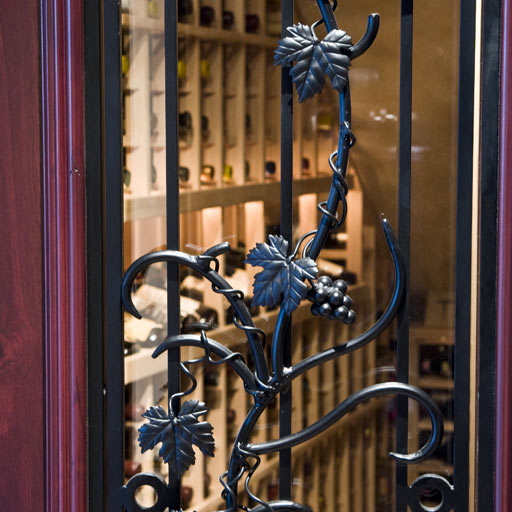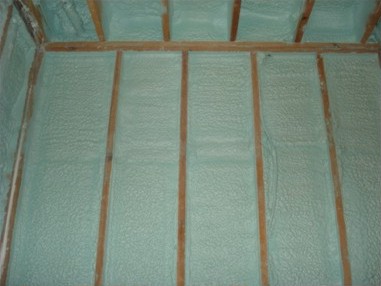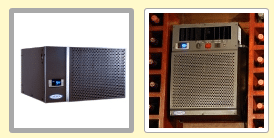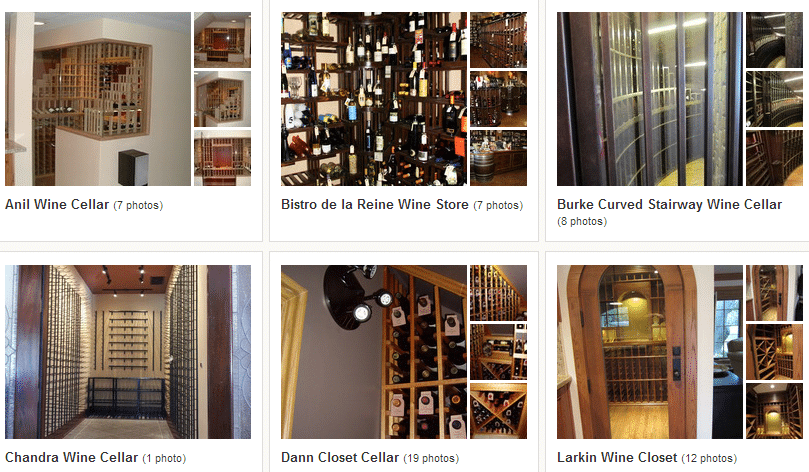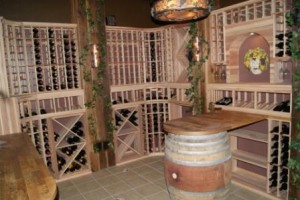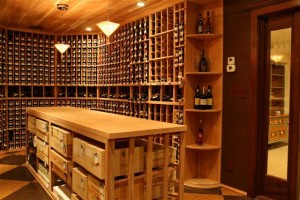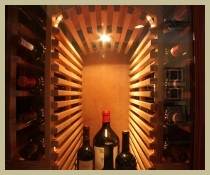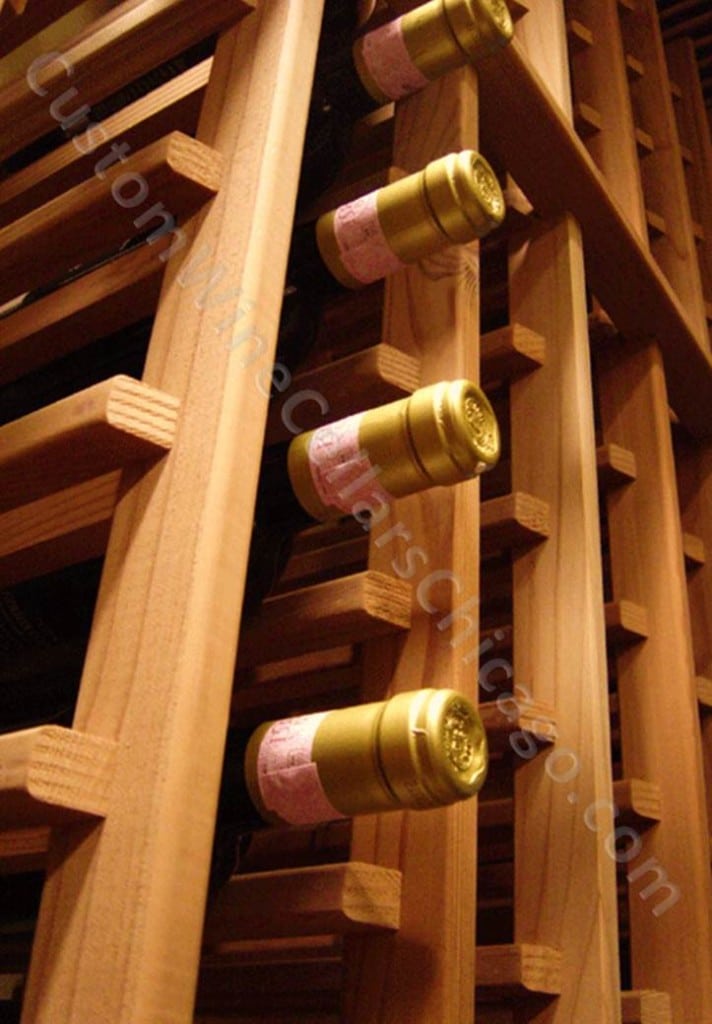The design and construction of a custom wine cellar in Chicago are likened to transforming a room into a giant refrigerator. The key to controlling and maintaining the ideal climate conditions for storing and aging wines is a properly constructed wine storage room. This implies that, aside from installing a climate control system, wine cellar insulation and vapor barriers must also be applied to the wall surface of the storage space.
Wine cellar insulation is a significant component of wine cellar construction because it helps keep the temperature and humidity levels stable, as well as prevents mold and mildew growth. Installing the proper grade of insulation is essential to achieving the right moisture control and ensures the efficiency of a climate-controlled wine cellar.
There is a range of building insulation materials that wine cellar builders can use in wine cellar construction Chicago, such as rigid foam, fiberglass batts, and blow-in insulation. Insulation with a minimum of R-19 thickness is required for the walls and R-30 for the ceiling. Basically, insulation materials with a high R-value have good thermal insulating properties.
A vapor barrier is a damp-proofing material, specifically designed to prevent external moisture accumulation and transfer through the wall surface. Its primary function is to shield the building envelope and insulation against serious moisture damage. Vapor diffusion retarders also restrict air leakage through the wall and wall components.
Proper placement of vapor barriers is always on the warm side of the insulation. Installing vapor barriers on the cold side will allow condensation to form and cause damage to the wall surface. If vapor diffusion retarders cannot be installed on the outside walls and ceiling, wine cellar builders in Chicago apply them within the storage space by encasing the entire building envelope in plastic.
Wine cellar insulation and vapor barriers protect a wine storage room against the diffusion of warm moist air through the walls. When warm air from the outside commingles with the cool air of a wine cellar space, condensation starts to form. The presence of condensation can lead to mold and mildew growth that will cause damage to the walls, as well as to the wine collectibles.
Another crucial component of wine cellar construction is proper cooling equipment. The optimum wine storage temperature and humidity are between 55 to 58 degrees Fahrenheit and 60 to 75 percent, respectively. Wine cellar cooling units are engineered to help maintain the ideal levels of temperature and relative humidity. With insulation and vapor barriers in place, climate control systems can create the best possible environment for storing and aging wine collectibles.
Wine cellar refrigeration systems come in a variety of designs that can accommodate various needs and applications. The three primary types of wine cellar cooling units are self-contained through the wall cooling units, ductless split climate control systems, and ducted-split refrigeration systems. Each unit has its own unique features, but all are specifically engineered to provide optimal wine storage conditions.
When deciding to install a custom wine cellar, whether it is a private wine storage room or a large-scale commercial wine room, consulting with professional wine cellar builders and designers is highly recommended. These professional wine cellar construction Chicago experts can help design, build and install a dedicated custom wine room wherein wine collectibles can age to perfection.
Click here to check out wine cellar construction projects in Chicago – https://www.customwinecellarschicago.com/.
Spray Foam Insulation For Top Quality Projects
New, better solutions are now available for high-end custom wine cellar construction, we now recommend using spray foam insulation. Polyurethane spray foam offers dramatically better climate control and removes the need to install a separate vapor barrier. If you want the best for your wine cellar installation call Wine Cellar Specialists +1 (773) 234-0112 and ask about the latest in spray in foam solutions.







